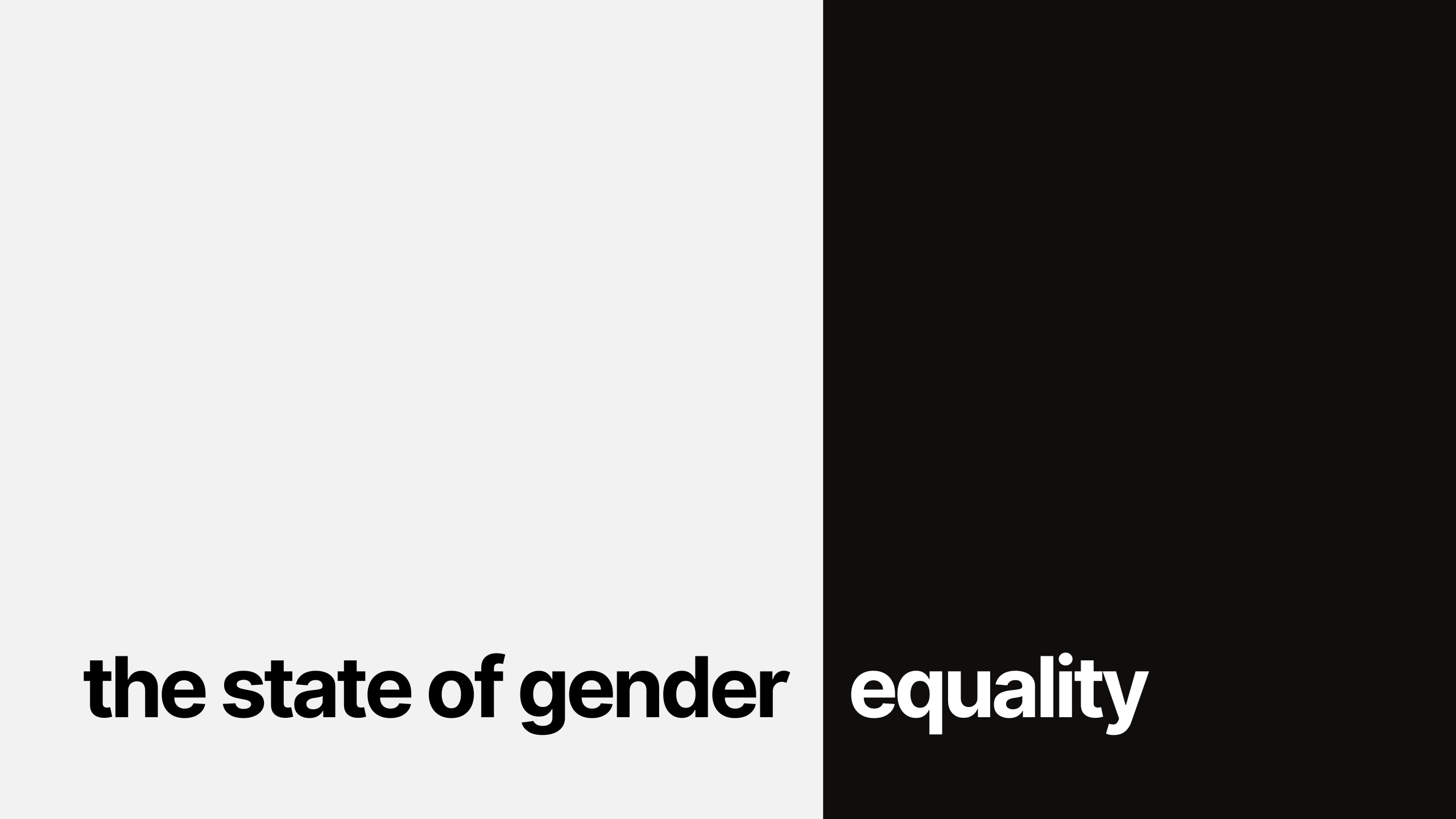July 2021

Gender equality is one of those things that just makes sense. It is at the heart of a peaceful, just, safe, prosperous and sustainable future for everyone, everywhere. Gender equality is net positive – it only has benefits, and those benefits are felt by everyone. So it seems obvious that globally we should be doing everything within our power to achieve gender equality as soon as possible – yesterday even! As much as we want to be living in this gender-just world now, the global deadline to achieve gender equality actually isn’t far off. In fact, it’s just over seven years away.
Back in 2015, every member of the United Nations made an ambitious commitment to achieve gender equality and empower all women and girls by 2030 as part of the Sustainable Development Goals (SDGs). This has catalysed a significant amount of action towards gender equality, built upon decades (even centuries) of feminist advocacy and collective action to dismantle systems of oppression and realise justice, equity and liberation.
But since then, we have also witnessed backsliding and the erosion of decades of progress due to global crises such as the climate change, the COVID-19 pandemic, conflicts, and concerted attacks to reduce rights by anti-equality movements. Sometimes it can be hard to know whether we’re getting closer to realising gender equality or moving in the opposite direction.
Achieving gender equality by 2030

With the 2030 deadline quickly approaching, how is the world tracking on gender equality? And importantly, how do we speed up progress? These were the questions that governments and gender equality advocates sought to answer in July at the High Level Political Forum (HLPF) – an annual global gathering at the United Nations which brings together governments from around the world to monitor global progress towards sustainable development.
This year the spotlight was on gender equality at HLPF. The data is in, and the verdict isn’t great. As UN Women put it: the distance to equal is long. And the time is short. The key takeaway from the forum is that progress is happening too slowly and we urgently need to accelerate action.
No country has achieved gender equality, and with little over seven years to meet the 2030 deadline, the world remains off-track to achieve gender equality according to Equal Measures 2030’s SDG Gender Index. But that’s not the worst part. At the current rate of progress, this generation won’t see gender equality in their lifetime…nor the next…nor the next because it will take another 132 years to close the global gender gap (yes you read that correctly).
But first, some data on the data.

Data plays an important role in driving progress on gender equality – from providing an evidence base to devise solutions, to enabling us to track progress (or a lack of progress). Yet, significant gender data gaps persist and this limits progress. For example, only 48% of data needed to monitor SDG 5 on gender equality are currently available, according to UN Women.
A lack of high-quality gender data makes it difficult to monitor progress towards gender equality. Closing gender data gaps is key to accelerating progress towards gender equality - helping to identify inequalities, determine effective and appropriate solutions, track progress, and ensure accountability.
So what does the data tell us about gender equality?
Although there are gaps, this is what the data tells us:

Less than a quarter of countries are making ‘fast’ progress towards gender equality. One in every three countries is either making no progress at all or is moving in the wrong direction.
Source: Equal Measures 2030
Three billion girls and women live in countries with scores that were ‘poor’ or ‘very poor’ for gender equality.
Source: Equal Measures 2030
Worldwide, women hold just one in four parliamentary seats.
Source: UN Women
Women with children at home say they spend about 31 hours per week on childcare, five hours more on average than before the pandemic.
Source: UN Women
Only 19% of countries and areas with data have a comprehensive system to track how budgets respond to gender priorities.
Source: UN Women
But that’s not the whole story. Although progress has been slow, there have been some significant gains:
More than half of countries worldwide are moving in the right direction on gender equality.
Source: Equal Measures 2030
The global gender gap has been closed by 68.1%. This is a slight four-year improvement compared to the 2021 estimate (136 years to parity).
Source: World Economic Forum
More than 100 countries have taken action to track budget allocations for gender equality.
Source: United Nations
In 2022, the top 10 countries have closed at least 80% of their gender gaps:
- 1. Iceland (90.8%)
- 2. Finland (86%)
- 3. Norway (84.5%)
- 4. New Zealand (84.1%)
- 5. Sweden (82.2%)
- 6. Rwanda (81.1%)
- 7. Nicaragua (81%)
- 8. Namibia (80.7%)
- 9. Ireland (80.4%)
- 10. Germany (80.1%)
Source: World Economic Forum
Progress is not linear. While we still have a long way to go towards achieving equality, feminist movements and gender equality advocates around the world continue to lead the charge for a more just, equitable, safe and sustainable future for all. With the right data guiding us, we can make significant gains towards gender equity.
Equality Insights is a gender data program delivered by the International Women’s Development Agency (IWDA). To stay up-to-date with our work, follow us on Twitter.

